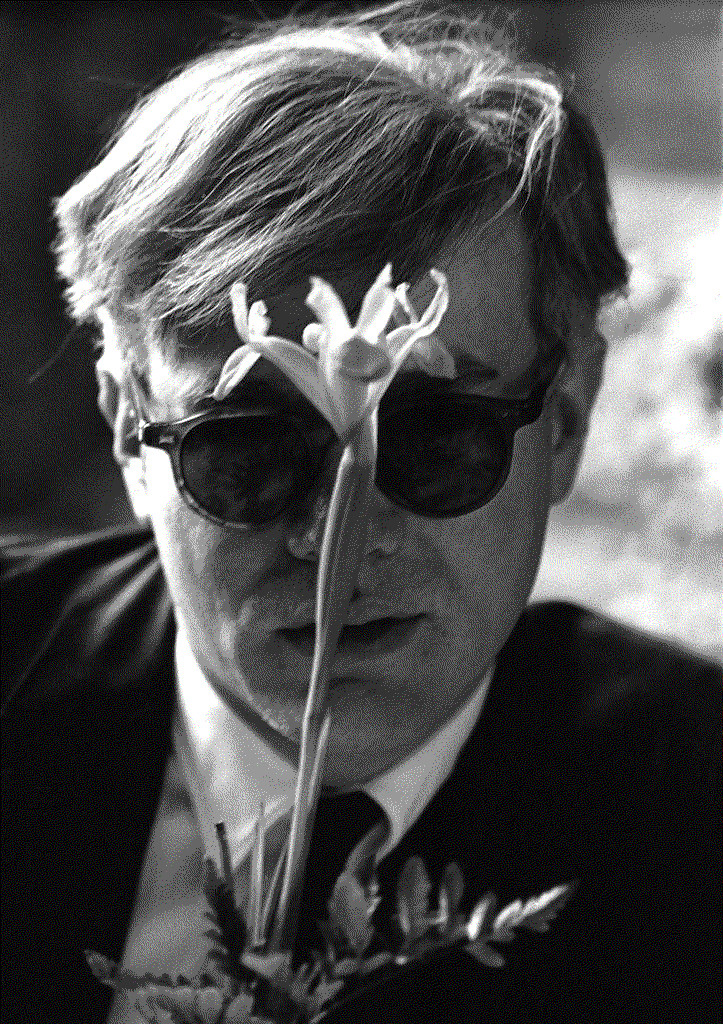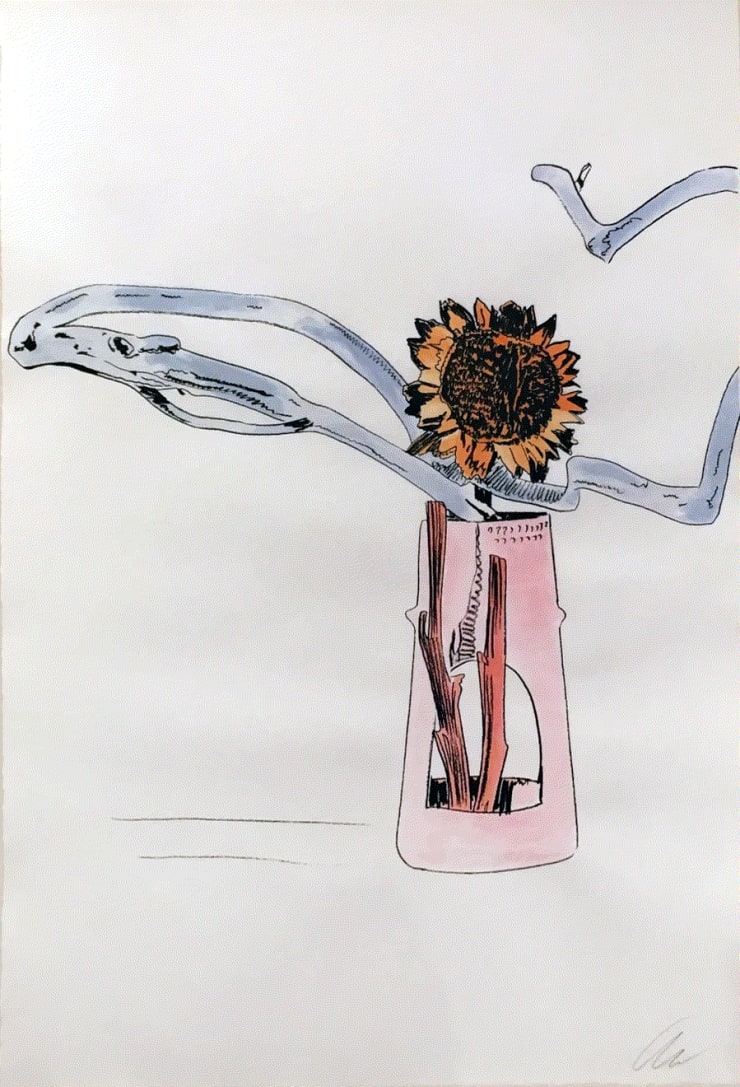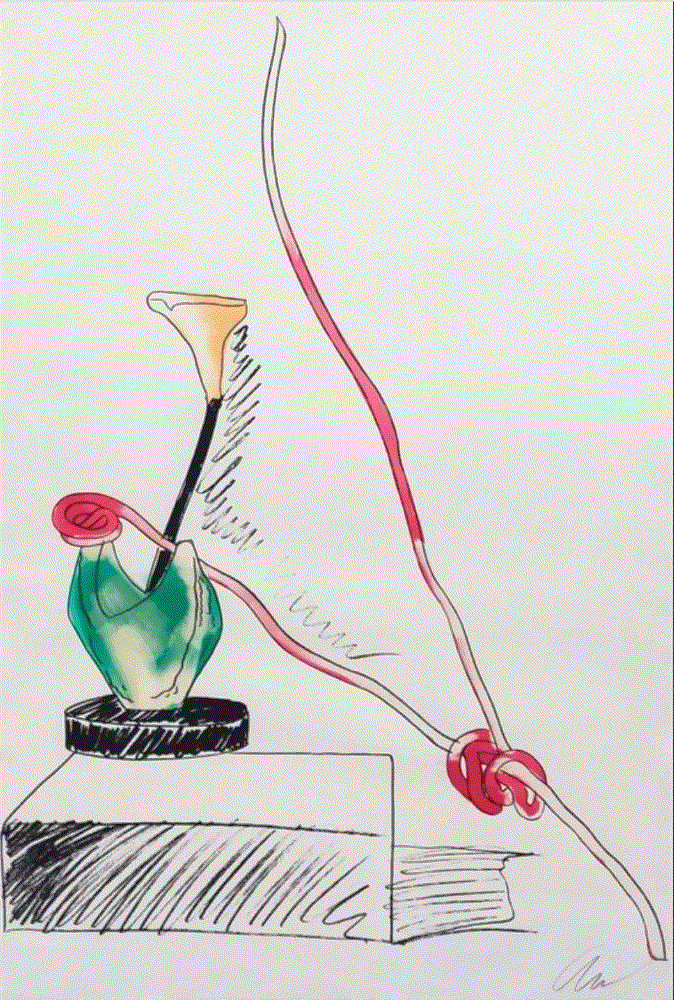If you want to know all about Andy Warhol, just look at the surface of my paintings and films and me, and there I am. There’s nothing behind it.
— Andy Warhol (1928-1987)
A recent headline in The Guardian reads ‘Andy Warhol’s biggest dream come true’: how cans became aspirational. Of course, the headline was tongue-in-cheek, but it is a testament to how universal and culturally pervasive the works of Andy Warhol remain.
Warhol liked to make art and he liked to make money, and he was skilled at doing both…and remaining a fascinating enigma whose life is still being studied and chronicled more than thirty years after his death.
Warhol chronicled his own life, taking Polaroids wherever he went, saving old bills, ticket stubs, even taping and having his phone calls transcribed. Art critic Blake Gopnik went through the more than six hundred ‘time capsules’ at the Warhol Museum in his home town of Pittsburgh and chronicled Warhol’s life in a 976-page book titled, simply Warhol.
According to Gopnik, Warhol was given the idea for his most recognizable artwork by a friend. The story goes that he was complaining about not being able to think of a pop culture image that no one else had used. A decorator friend, Muriel Latow, said she had an idea, but wanted fifty dollars from Warhol or she would keep it to herself. Warhol gave her a check. “You’ve got to find something that’s recognizable to almost everybody” she told him, “. . . something like a can of Campbell’s Soup.” And the rest, of course, is history.
Of course, the Campbell’s Soup paintings made him famous, but Warhol had a successful career as a commercial illustrator when he moved to New York in 1949, at age twenty, after graduating from the Carnegie Institute of Technology.
First and foremost, Warhol was a fine artist. His works were featured in Glamour magazine, his ink drawings for the I. Miller shoe company were spectacular as were his window dressing designs for Bonwit Teller.
Warhol’s Pop Art works were the opposite of the emotional Abstract Expressionist art that was popular during the mid-1940s through the 1960s. Using mass market objects and media idols as subjects, made the Pop artist seem detached from the works.
Drawings like Warhol’s Flowers, recent acquisitions at VFA, show another side of Warhol…a sensitive, thoughtful, talented artist…who was not very detached from his work as he apparently wanted people to believe.
The Andy Warhol Foundation has announced plans for a $60 million expansion of the downtown Pittsburgh area around the Andy Warhol Museum. The Foundation is creating what is calls a "Pop District" around the Museum. Part of the expansion will include a $45 million events venue with a concert space, an events space and offices.
The Foundation, which supports visual arts through funding grants, is finalizing the planning and designs, and hopes to begin construction in the Spring of 2024.
References:
Torey Akers. Andy Warhol Museum to build $45m events venue. The Art Newspaper. October 20, 2023.
Andy Warhol Museum in Pittsburgh plans to expand with a $45 million event venue. Associated Press/Entertainment. October 18, 2023.
Chloe Mac Donnell. ‘Andy Warhol’s biggest dream come true’: how cans became aspirational. The Guardian. October 20, 2023.
Andrea Hernandez. Snapshot #07: Convenient Cocktails. November 13, 2020.
Joan Acocella. Untangling Andy Warhol. The New Yorker. June 1, 2020.




